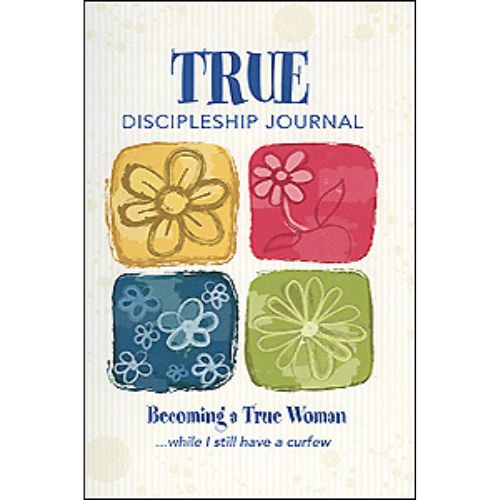Article by Danny Mitchell

By his own admission, Clark is a glass half-empty kind of guy when he surveys the landscape of contemporary teenage culture. During his research, he and Rabey see hurting, abandoned teenagers around every corner. As a veteran youth worker, I am afraid that I am in agreement with their conclusions about hurting teenagers. If an adult will scratch just a little below the surface, I am convinced that you will find teenagers experiencing the affects of abandonment in the most unlikely places…like sitting in the pews of your church this Sunday.
With academic and athletic performance pressures, which conflict with the message of unconditional love, and meaningful familial relationships being replaced with material possessions or more activities, teenagers are more stressed out than ever and uncertain how to cope. The reality is that teenagers do not exist and develop in a vacuum; something will always fill the void.
The authors do a good job in part two of the book helping adult readers get a glimpse into the world of teenagers. Speaking of mid-adolescent (9-12 grade) reasons for increasing sexual behavior, the authors state in the chapter “Sexual but Not Satisfied” that “adolescent sexuality, and perhaps all human sexuality, is connected more to a desire for relational connection and a safe place than to a physical, albeit sometimes pleasurable, activity of the body.” In other words, teenage sexual behavior has more to do with the desire for meaningful relationships than it does with a physical act. As part of a generation of youth pastors who stood and barked at students to not have sex before marriage because it is sinful, these types of sentiments convict me. Perhaps the better approach would be for adults to first provide meaningful relationships and then to help teenagers establish meaningful relationships with each other. Although I have to admit that I will miss giving my “fornicators go to hell” fire and brimstone youth talk, common sense dictates that adults look not exclusively at the tip of the iceberg. Rather, our focus should be on the portion of the iceberg below the surface that sinks the ship, because right now many teenagers in our midst are sinking.
When Kids Hurt is a solid book full of helpful insights from the authors and the other contributors who add commentary in each chapter. I am reluctant to label this a youth ministry book because youth ministry books are too easily written off in the PCA as “lesser than” theology, counseling, or church history books; and this book deserves careful consideration from adults who are charged with the raising and discipling of teenagers. Whether or not one agrees with every conclusion Clark and Rabey posits is unimportant. What is vital is that this book be read by adults who are ready to confess culpability for the abandonment of young people and willing to move on and become the mentors and shepherds that mid-adolescents need.


